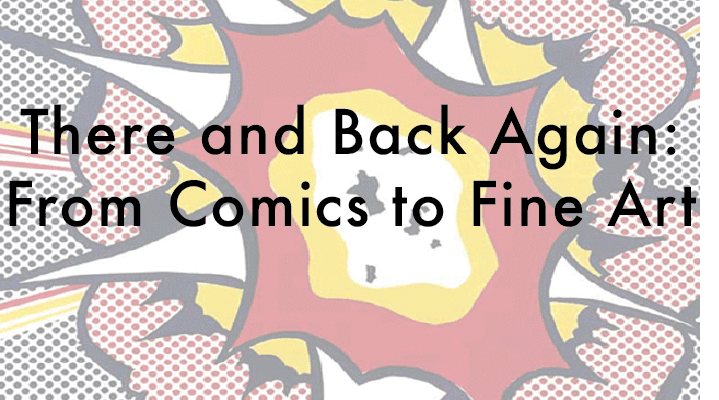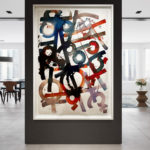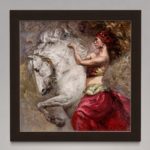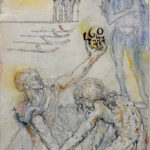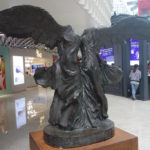My wife recently decided that we were long overdue for a spring cleaning of the closet in my office. It had been somewhere on the order of eight years since we had actually undertaken a spring cleaning of my boxes, all the while moving from two fairly large houses, a condo and back in to another house. Among the random detritus I found boxes of bent and faded photos, old college IDs, bygone sketch books, unopened mail, and dozens of other memorable trinkets from our time together…and (gulp) before. Among the items I uncovered in my trip down Amnesia Lane was a box of 161 comic books. Now, I have not bought a comic book since 1993 but, as she was so eager to point out, that was well within my college years.
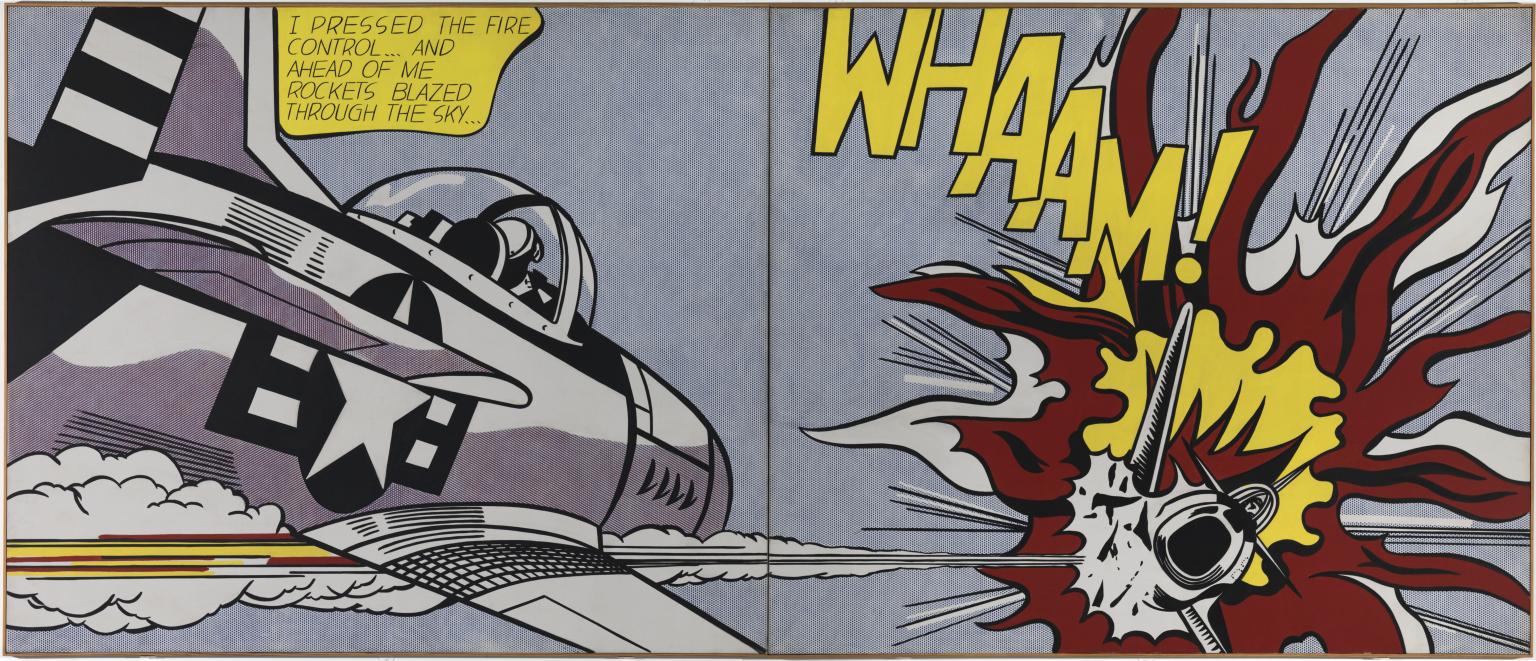
Admittedly, I am a comic nerd. I had a vast collection of horror comics my father discarded one day when the neat stack I made fell over. He had been very clear about the instruction not to have them strewn about the floor, and I guess he meant it. (Side Note: Many of those same comic books sell between $500-10,000 now. Thanks Pop!) When I was a bit older, I remember purchasing my first comic book, G.I. Joe #1 for $1.50 at the BX Bookstore on Balgat Air Force Base in Ankara, Turkey. I was probably about 10 at the time and I thought that book was the coolest thing I had ever seen. In the intervening years, I subsequently amassed a collection of several thousand comics between that moment in 1982 and college. In fact, much of my first year was paid for using proceeds from their sale.
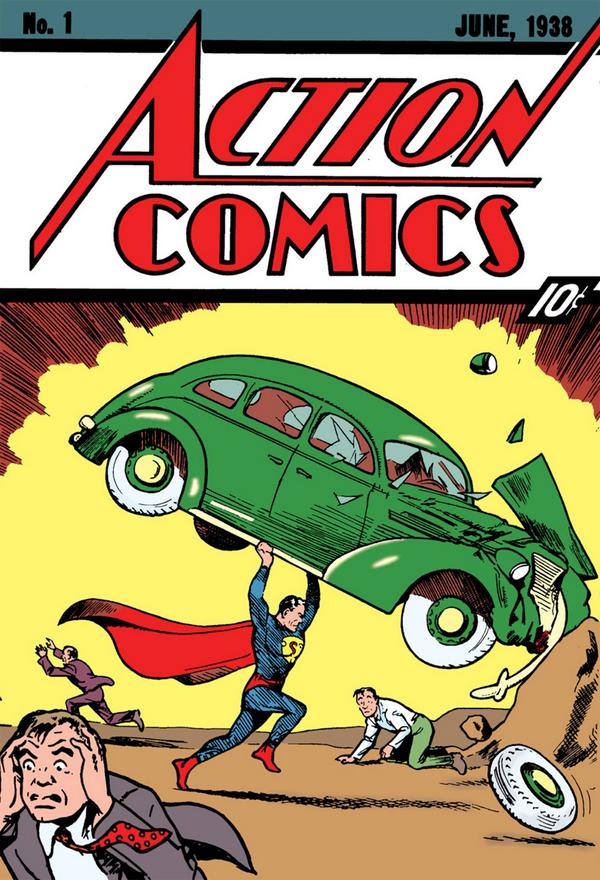
For a prolonged period, I wanted to be a comic book illustrator until I sadly realized my ambitions were only tempered by my skill with a pencil. Not that I am a bad illustrator, but some of the artists I idolized: Frank Miller, George Perez, John Byrne, Simon Bisley, Jack Kirby, Frank Frazetta, Mike Zeck, Neal Adams, Boris Vallejo, Will Eisner, John Buscema, Barry Windsor-Smith, Joe and Andy Kubert, etc, etc, (ad nauseum), had talent that, at best, proved humbling to someone of my skill-level. Therefore, I turned my attention to writing about art and art history and am much happier for it. However, I have maintained my giddy fascination with the greats in comic art and come back to them time to time throughout my career.
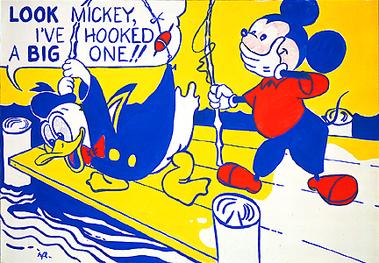
As a natural extension of my childhood fascinations, I could not help but notice the connections between our comic past and its inevitable transitions into contemporary fine art. Often thought of as “outsider” art, comics consisted of pulp material to keep kids occupied (the place now occupied by Wii). However, many of the great masters of the genre: Will Eisner, Jerry Siegel, Joe Shuster, Stan Lee (and even Dr. Seuss) used the media for biting political satire and worldly commentary. One of the first covers of “Superman” featured our hero handily beating up both Adolf Hitler and Emperor Hirohito. As comic artwork became more sophisticated, it bridged the gap into collectibility outside the magazines themselves. This naturally led artists to the utilization of comic imagery as a satire on the art world in general, whose bourgeois sensitivity alienated the proletariat. Comic art offered a way for low-brow collectors to hobnob with the society folk. Both Roy Lichtenstein and Andy Warhol became enamored with shoehorning comic art into the establishment.
This was particularly interesting as 1960’s seemed geared toward rebellion against everything establishment in one form or another. Pulp comic imagery provided a stylized palette in which each of them could reach out to these sensibilities and utilize much of the skills honed during their own careers in commercial industry (Warhol as an illustrator and Lichtenstein as a sign maker) and transitioned them into fine art using comic images as subjects.
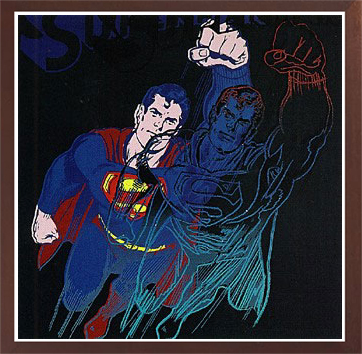
Just as I found myself drawn to the comics themselves, their spiritual fine art descendants (and in many cases antecedents) similarly drew my attention. Warhol and Lichtenstein obviously made names for themselves in this vein, but contemporary artists continue to stroke the same outsider sentiments by using comic imagery in their own work. Graffiti and Street-artists such as John “Crash” Matos, Shepard Fairey, Bask and Banksy regularly use comic images to portray their subjects in a satirical (or, at a minimum familiar) light. While not perhaps the iconic bucking of the system that occurred during the upheaval of the 1960’s, the creative forces around the world are still determined to make waves and provide a somewhat voiceless and hapless proletariat with a hero to believe in. Bask (Ales Bask Hostomsky) juxtaposes the resurgent popularity of the Transformers (another mainstay of my youth) in media which is ironically and purposefully unsophisticated and coarsely-textured. Not the polished chrome of the Michael Bay “Transformers”, but an Optimus Prime that we can get mentally dirty with, just like it was 1985 all over again.
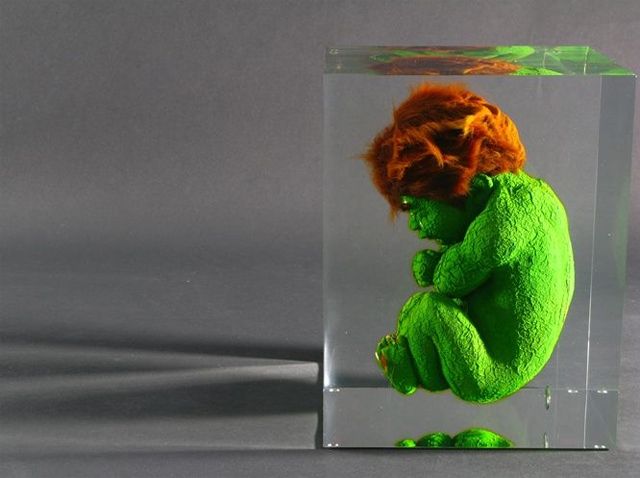
French sculptor Alexandre Nicolas blatantly and unapologetically portrays these same heroes as fetuses not quite ready for the greatness their station will imbue them with. Each figure in Nicolas’ “Predestinates” collection (which includes fetuses of Superman, Spiderman, Wonder Woman, Invisible Man, The Hulk, Silver Surfer, Batman and Catwoman) is a prenatal gestation floating in a sea of transparent amniotic Red Bull, veritably bursting to get out and fight for truth, justice and the American way. Nicolas’ “Predestinates” in and of themselves have become a spiritual lightning rod for many adults around the world to embrace, or re-embrace comics, or at least collect art that allows them to be a kid again. It has almost made it o.k. for me to keep my comic book collection…. Almost.
‘Nuff Said. (apologies Stan Lee. Couldn’t help myself)
And what else can be said about Roy Lichtenstein shoehorning himself into the fine art establishment? Well, the proof is in the numbers. His work, “The Nurse”, is in the Top 10 Most Expensive Paintings ever sold as of 2016. (See the full list here)
There And Back Again: From Comics to Fine Art by Reed V. Horth, for ROBIN RILE FINE ART Copyright © Robin Rile Fine Art
Pérez

